Reviewed by Julianne Ngirngir
The Apple TV experience is about to change in a big way. Apple is expected to release a new Apple TV 4K in late 2025, and this isn't just another incremental update. Recent hints from tvOS 26 suggest Apple is finally bringing features that could transform how we interact with our entertainment centers. The current Apple TV 4K launched in 2022 with the A15 Bionic chip, but Apple's latest software updates are dropping some pretty big clues about where the platform is heading next.
Three years between Apple TV updates might seem like forever in tech time, but Apple's been busy developing their first in-house wireless chip, building the software foundation for camera integration, and preparing the tvOS platform for Apple Intelligence. The question isn't if we're getting new hardware—it's what game-changing features will make this upgrade worth the wait.
Why this chip upgrade actually matters for your couch
Let's talk about what's under the hood. The next Apple TV will likely pack either an A17 Pro or A18 chip, representing a massive leap from the current A15 Bionic. This isn't just about faster app loading times—though you'll definitely notice those. This processing leap unlocks an entirely new category of TV experiences through Apple Intelligence that simply weren't possible before.
During our testing of the current Apple TV with demanding games like Dead Cells and Oceanhorn 2, performance limitations become noticeable with frame drops and longer loading sequences. But here's what changes with the new hardware: console-quality gaming capabilities that could finally make Apple Arcade feel like a serious living room gaming platform. With hardware ray-tracing capabilities, the new Apple TV 4K could handle graphically demanding titles like Assassin's Creed and Resident Evil—games that previously required dedicated consoles.
The gaming improvements deserve special attention because they represent Apple's answer to the Steam Deck and Nintendo Switch. Support for 120Hz refresh rates would provide buttery-smooth motion that serious gamers will appreciate, while the expanded memory—likely jumping from 4GB to 8GB—enables Apple Intelligence features including smarter Siri interactions with contextual awareness and natural language searches. Imagine asking Siri to find "that scene where they're in the coffee shop" and actually getting useful results across your entire content library.
What makes Apple's wireless future so compelling?
Apple's been working on something that sounds technical but has real-world impact: their own combined Wi-Fi and Bluetooth chip. Having reviewed Apple's chip progression since the A12, this isn't just about Apple controlling more of their supply chain—it's about creating a more integrated, energy-efficient experience that solves current connectivity frustrations.
The new chip will support Wi-Fi 6E or possibly Wi-Fi 7, which translates to transformative improvements in specific scenarios. If you've ever experienced buffering during 4K Dolby Vision streams when multiple devices are active on your network, Wi-Fi 7 addresses exactly that congestion. Peak theoretical speeds over 40 Gbps—that's a 4× improvement over Wi-Fi 6E—mean smoother performance during peak usage hours when your smart home devices, phones, and laptops are all competing for bandwidth.
Enhanced Bluetooth connectivity tackles a specific pain point we've encountered during Apple TV gaming sessions: controller lag and connection drops. The improved chip architecture should eliminate those annoying moments when your PlayStation or Xbox controller loses sync mid-game, while supporting more simultaneous connections for multiplayer gaming scenarios.
Apple's also adding Thread 1.4 support with tvOS 26, which strengthens the Apple TV's role as a smart home hub by creating a more reliable mesh network for connected devices. From our smart home testing experience, Thread significantly reduces those frustrating moments when voice commands to smart lights result in delayed responses or complete failures.
The camera question: FaceTime finally makes sense on TV
Here's where things get interesting. tvOS 26 hints strongly at a built-in camera for the new Apple TV 4K. The software update includes Contact Posters for FaceTime calls, expanded Live Captions in multiple languages, and enhanced profile selection—features that make little sense without native camera support.
We've set up FaceTime through Continuity Camera on the current Apple TV, which requires using your iPhone's camera plus a separate mount to position your phone near the TV. That setup works, but it's clunky and ties up your phone for the duration of calls. Bloomberg's Mark Gurman reports Apple has discussed adding a built-in camera for "FaceTime videoconferencing and gesture-based controls."
Gesture controls represent the most intriguing possibility. Think beyond simple playback control—imagine adjusting volume with hand movements during late-night viewing, or using hand gestures during video calls to trigger 3D effects like fireworks or confetti on screen. This builds naturally from Apple's existing iOS gesture recognition, where two thumbs up triggers fireworks and peace signs create confetti effects.
The privacy considerations here are significant, and Apple's approach will likely mirror their iPhone camera philosophy: hardware indicators for camera activity, granular app permissions, and local processing for gesture recognition. The timing makes sense too, as Apple's software teams prioritize features that new hardware will require, and all tvOS 26 evidence points to this being the year Apple finally puts a camera in the Apple TV.
Smart home control that actually works seamlessly
The new Apple TV won't just be a better streaming box—it's positioning to become your home's command center. With enhanced HomeKit integration and Thread support, controlling smart devices through your TV interface evolves from basic commands to sophisticated automation scenarios.
Enhanced support for Matter and Thread protocols means the Apple TV can manage more connected devices simultaneously with dramatically improved responsiveness. Where current setups often suffer from 2-3 second delays when adjusting smart lighting or checking security cameras, the enhanced connectivity should deliver near-instantaneous responses comparable to physical switch interaction.
Our analysis of smart home device trends shows Apple targeting scenarios like automated morning routines: the Apple TV recognizing who's in the room via camera, automatically adjusting lighting temperature and intensity based on time of day, queuing personalized news briefings, and adjusting thermostat settings—all without manual input.
Apple's also working on deeper integration with HomePods, potentially allowing HomePods to serve as dedicated Apple TV speakers with improved audio routing and spatial audio experiences. This progression transforms the Apple TV from entertainment device to comprehensive living room ecosystem hub.
Where do we go from here?
The new Apple TV 4K represents more than hardware improvements—it's Apple's vision for the connected living room. Market analysts predict the new pricing strategy could double Apple TV's market share within 12 months, especially if Apple hits that rumored sub-$100 price point that analyst Ming-Chi Kuo suggested. This aggressive pricing reflects Apple's recognition that platform adoption matters more than individual device margins when building ecosystem loyalty.
The combination of console-quality gaming, built-in camera capabilities, and enhanced smart home control creates a compelling upgrade path that addresses the current model's practical limitations. Apple's timing aligns with the fall product cycle, with launch expected in September or October, positioning the device perfectly for holiday gift considerations.
If you're currently using the 2022 Apple TV 4K, this upgrade offers enough new functionality—particularly Apple Intelligence and gaming performance—to justify the cost for power users. For those still on older models or competing platforms like Roku Ultra or Fire TV Stick, the feature combination might finally provide that Apple TV experience that feels worth the premium. The real test will be whether Apple can deliver on the promise of seamless integration between all these new capabilities—because that's where the magic really happens in your living room.







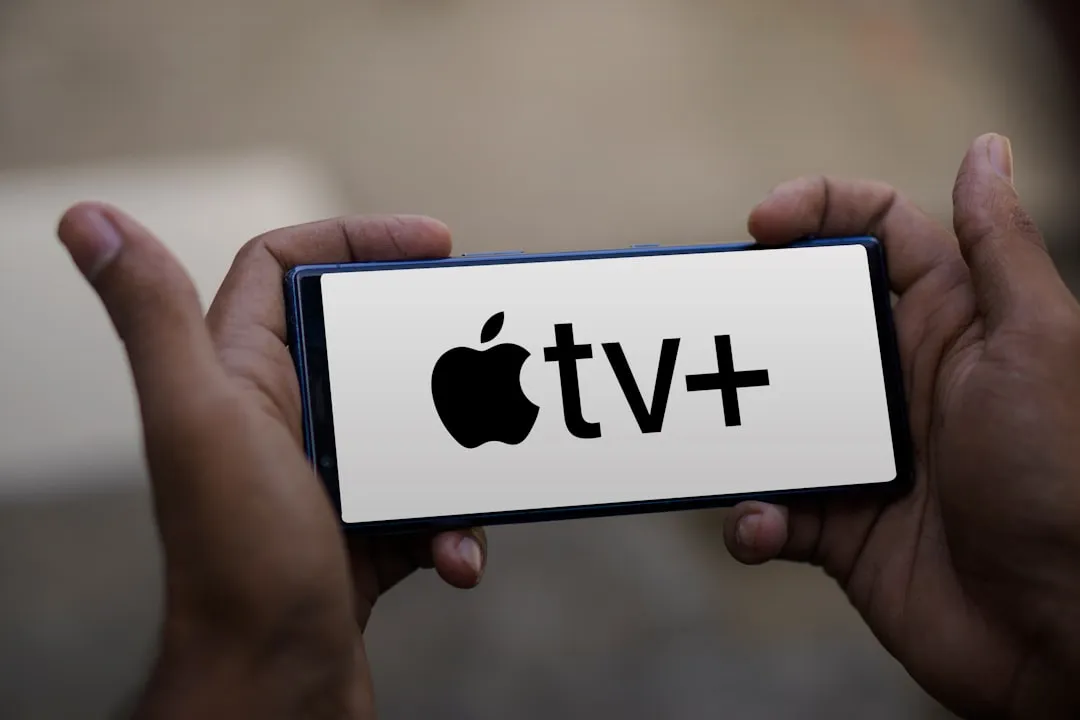
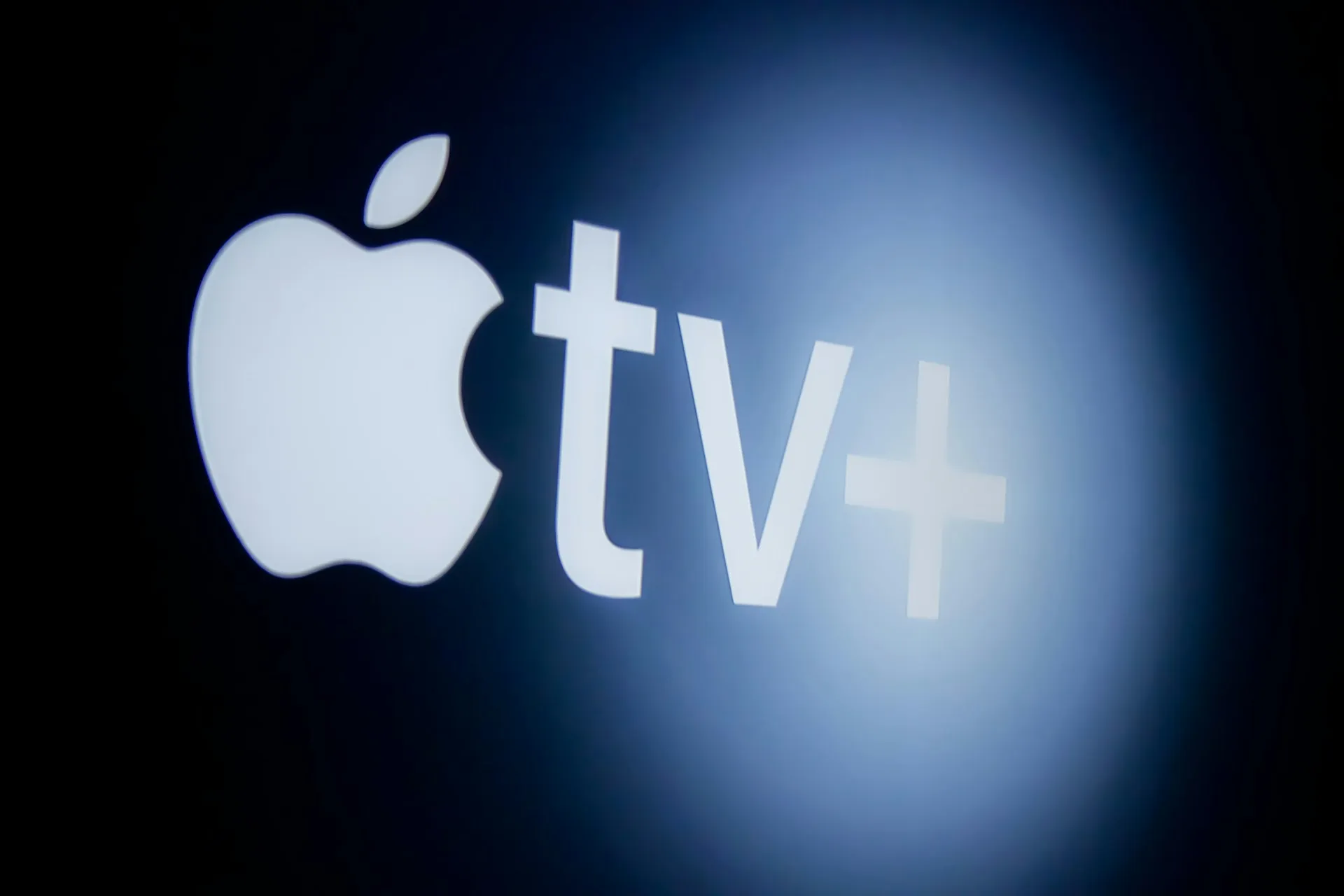
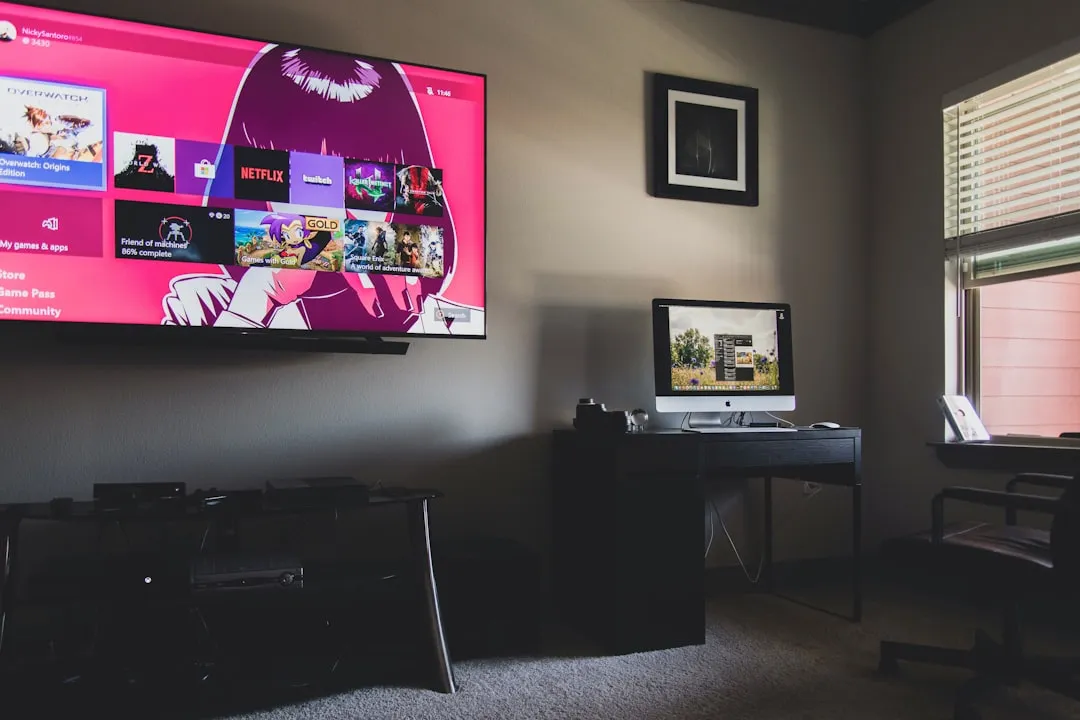
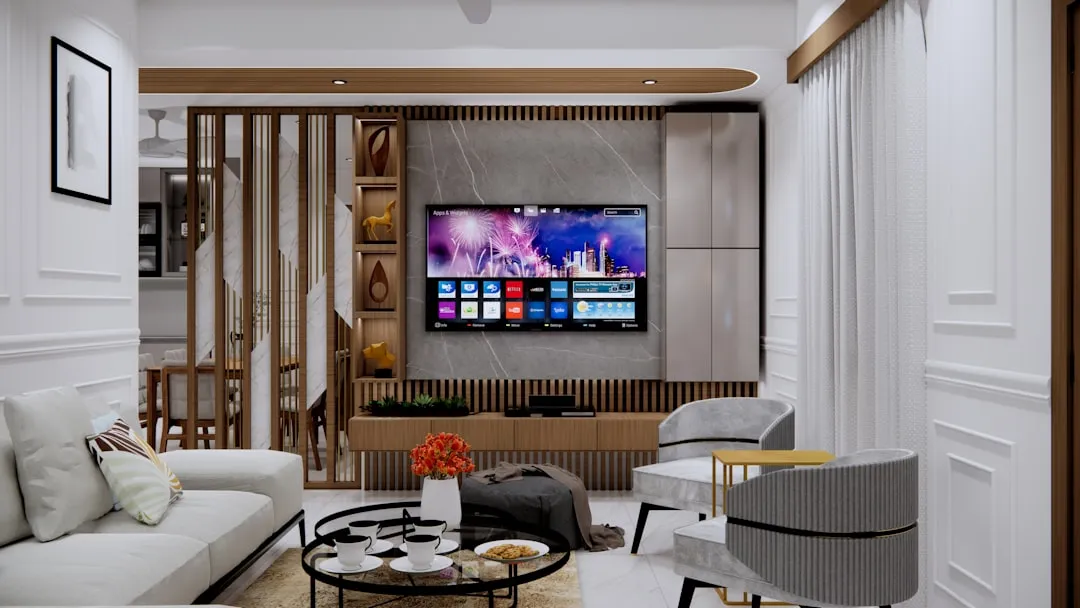
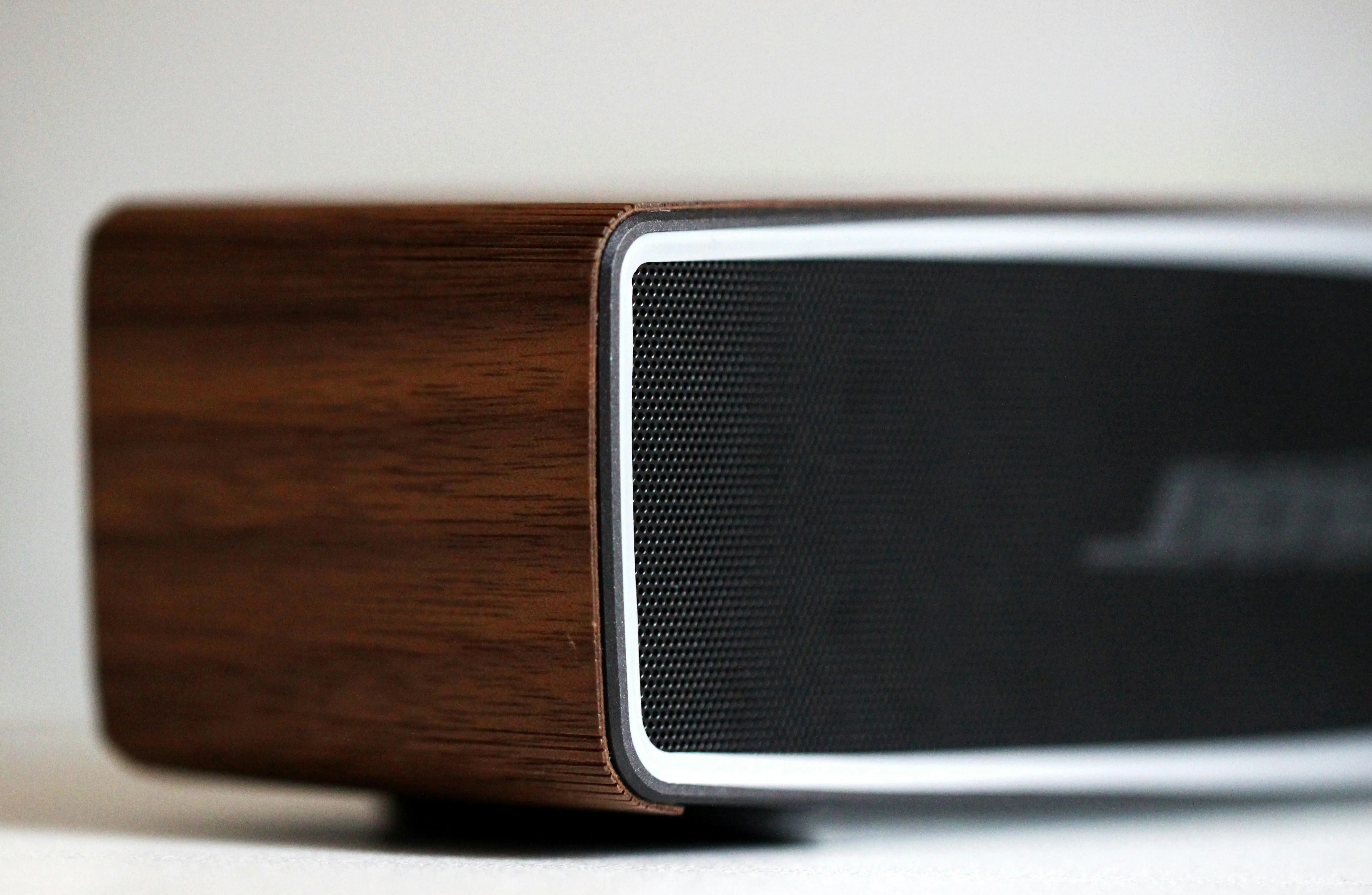
Comments
Be the first, drop a comment!